Customer Support
We're here to help! Email us anytime at support@wildlifethreads.com
Customer Support
We're here to help! Email us anytime at support@wildlifethreads.com
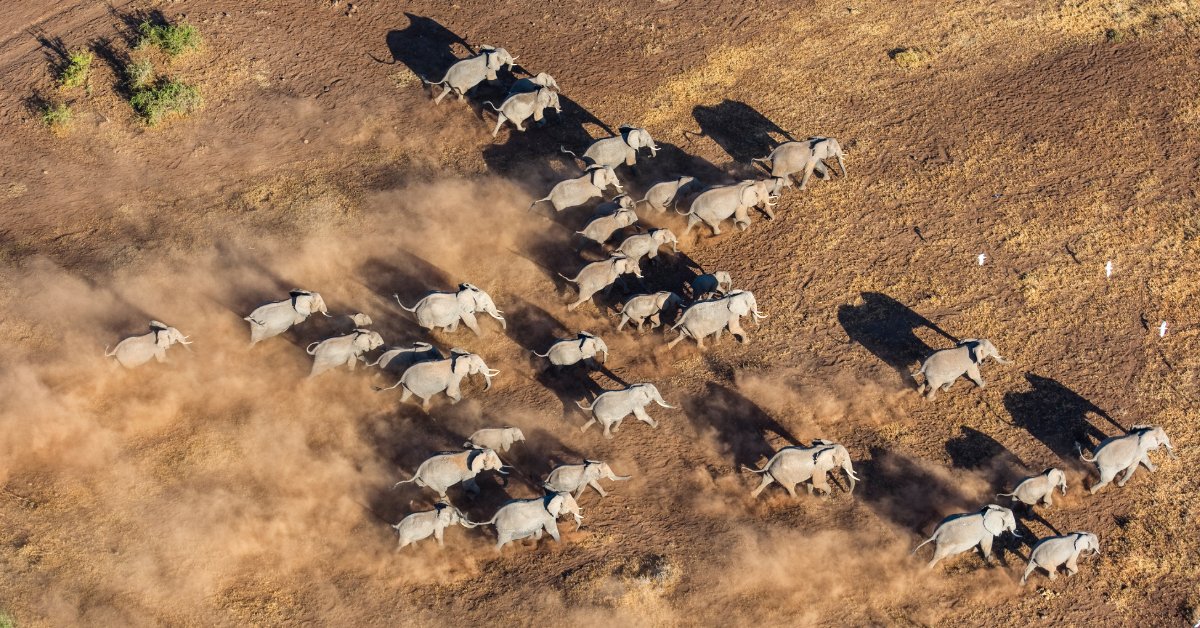
The golden sun dips below the horizon of the African savannah, casting a warm glow over a herd of elephants trudging toward a distant watering hole. Unbeknownst to them, a silent guardian soars above—a drone equipped with advanced artificial intelligence (AI). This isn’t a scene from a science fiction novel; it’s the new frontier of wildlife conservation. As threats to endangered animals escalate, technology is emerging as a powerful ally in the fight against extinction.
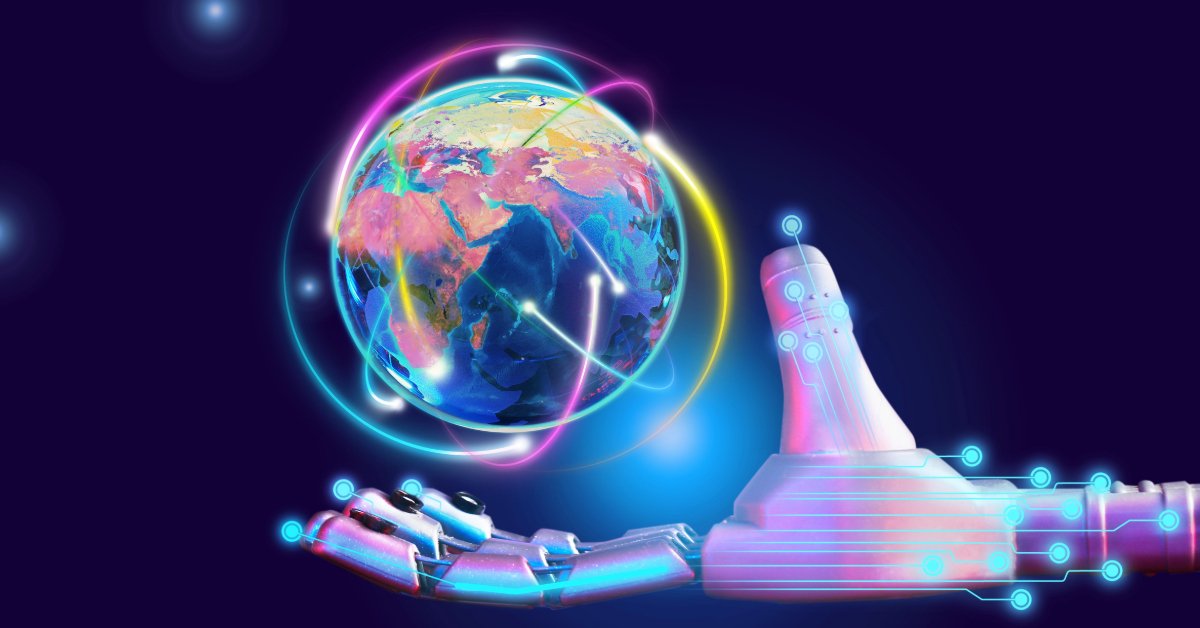
In an era where species are disappearing at an alarming rate due to poaching, habitat loss, and climate change, technology is saving endangered animals in unprecedented ways. Artificial intelligence in wildlife conservation is transforming how we monitor, protect, and understand vulnerable species across the globe.
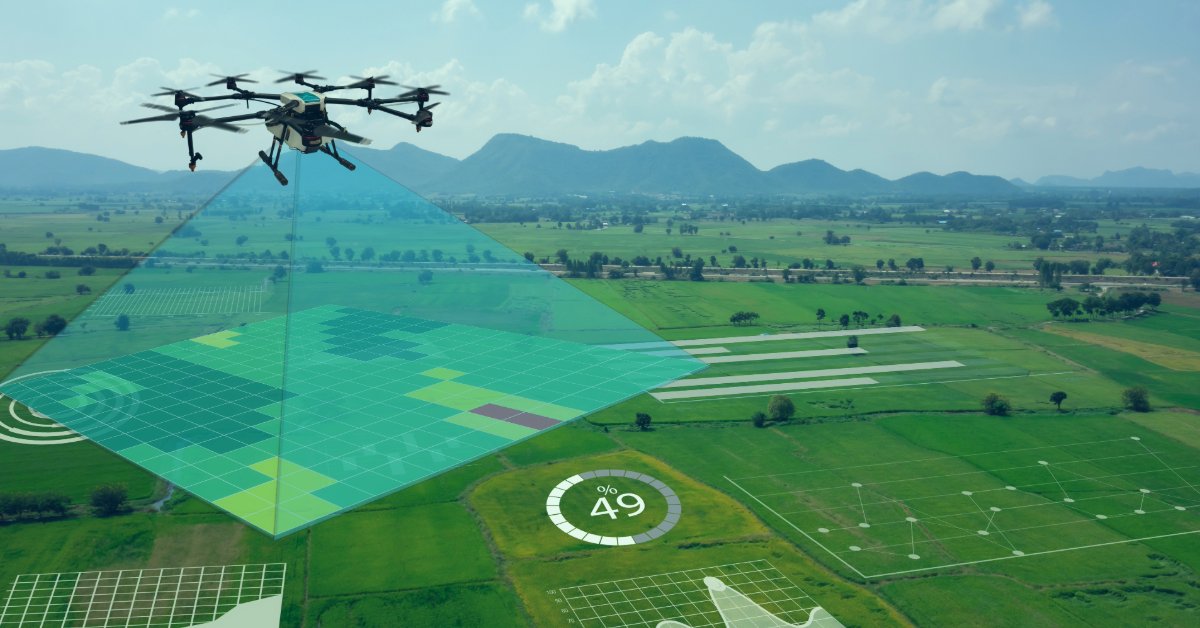
One of the most groundbreaking advancements is the use of drones in wildlife conservation. Equipped with high-resolution cameras and thermal imaging, these unmanned aerial vehicles can patrol vast and inaccessible terrains. When integrated with AI algorithms, drones can detect poachers, track animal movements, and monitor environmental changes in real-time.
In Africa, anti-poaching units employ drones to surveil protected areas, identifying suspicious activities and relaying information to rangers on the ground. This proactive approach has led to a significant decrease in illegal hunting incidents, particularly involving elephants and rhinos.
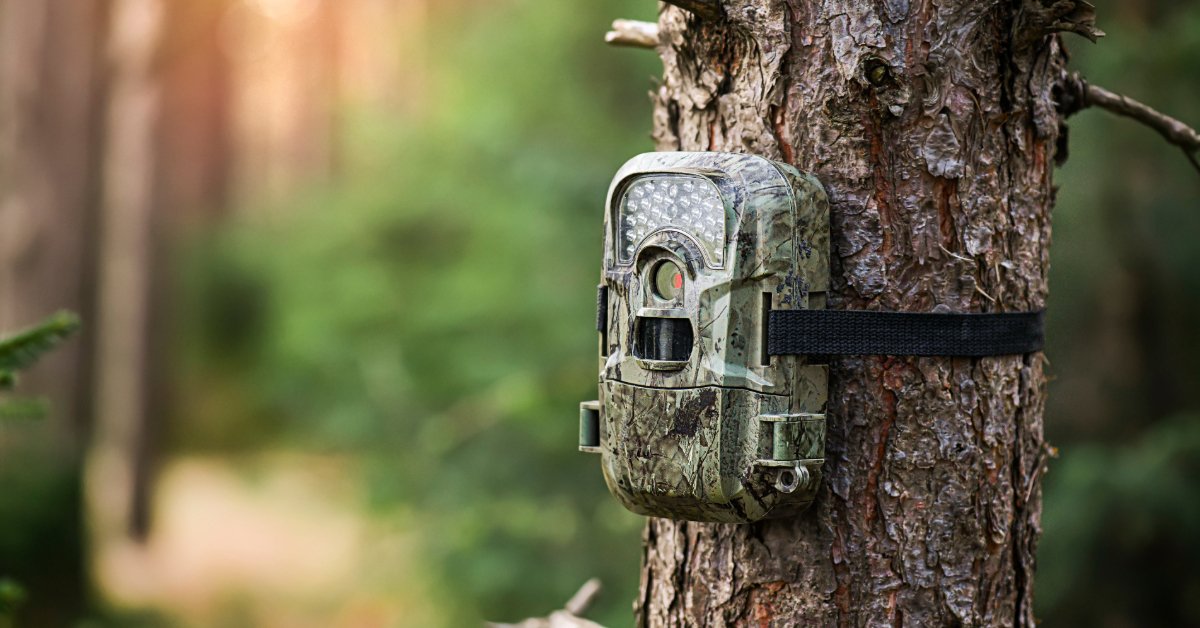
Machine learning in wildlife protection enables scientists to analyze enormous datasets collected from camera traps, acoustic sensors, and satellite imagery. AI algorithms process images and sounds to identify individual animals, estimate populations, and even recognize distress signals.
For example, in the dense rainforests of the Amazon, acoustic sensors record the symphony of the jungle. AI sifts through these recordings to detect the calls of specific species, monitor their populations, and identify threats like illegal logging or hunting.
The use of big data in conservation efforts provides invaluable insights into animal behavior and ecosystem health. By analyzing patterns over time, AI helps predict migration routes, breeding seasons, and the impacts of climate change on various species.
In marine environments, AI processes data from underwater drones and satellite images to track the movements of endangered species like sea turtles and whales. This information guides the creation of marine protected areas and informs policies to reduce human-wildlife conflicts.
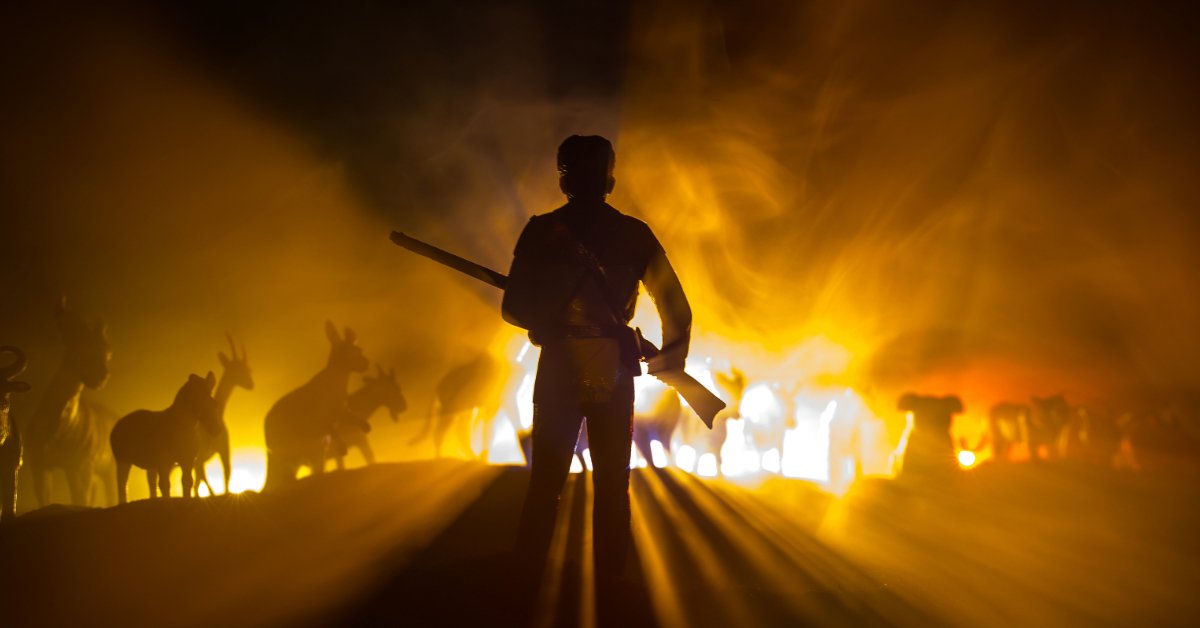
Poaching remains an immediate threat to endangered animals. Anti-poaching technology powered by AI is revolutionizing how we combat illegal hunting. Smart cameras with AI capabilities can distinguish between humans and animals, sending instant alerts when poachers are detected.
Moreover, predictive analytics help identify poaching hotspots by analyzing data on previous incidents, terrain, and animal movements. This enables authorities to allocate resources more effectively, potentially preventing poaching before it occurs.
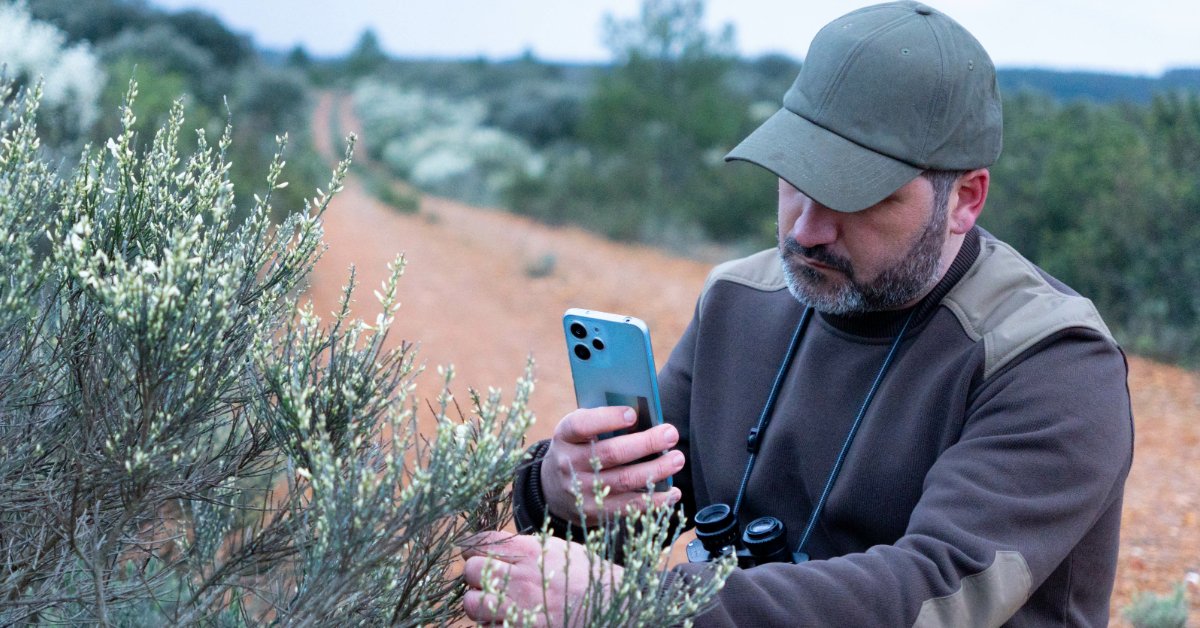
Technology isn’t just about gadgets; it’s also about empowering local communities. Mobile apps and platforms allow rangers and citizens to report wildlife sightings and illegal activities. AI aggregates this information to provide a comprehensive view of wildlife health and threats.
In countries like India, apps enable locals to report tiger sightings, contributing to national databases that help track and protect these majestic creatures.
While the benefits are profound, integrating technology into conservation raises ethical questions. Privacy concerns, especially with surveillance technologies, must be addressed. Data security is also paramount to prevent sensitive information from falling into the wrong hands.
Additionally, the reliance on advanced technology requires substantial funding and technical expertise, which may be lacking in regions where conservation efforts are most needed. Partnerships between governments, NGOs, and tech companies are essential to bridge these gaps.
As AI and other technologies continue to evolve, their applications in conservation will expand. From gene sequencing to virtual reality education programs, the possibilities are vast. The key lies in ensuring that these tools are used ethically and inclusively, benefiting both wildlife and the communities that share their habitats.
The fight against extinction is not solely the responsibility of scientists and conservationists; it’s a global imperative that requires collective action. By supporting initiatives that leverage technology to protect endangered species, we can all play a part in safeguarding our planet’s biodiversity.
Whether it’s advocating for policy changes, contributing to conservation organizations, or simply spreading awareness, every action counts. Together, we can harness the power of technology to turn the tide in favor of endangered animals.
Discover art that speaks to you. Click on a category below to explore our curated collections on our Etsy store.